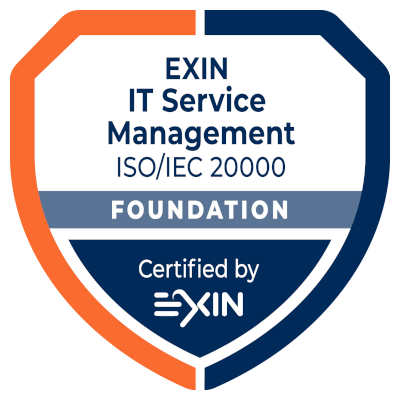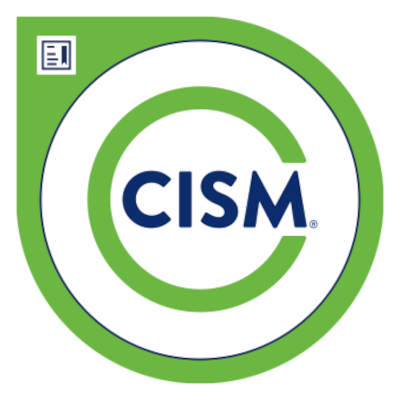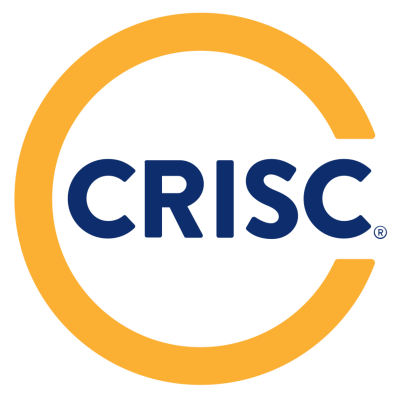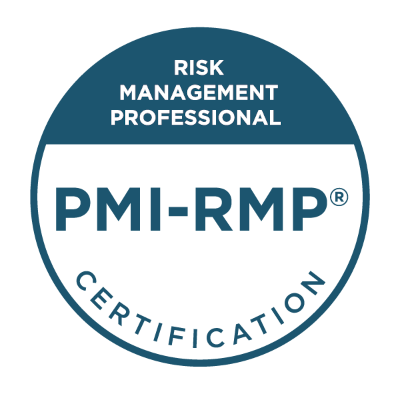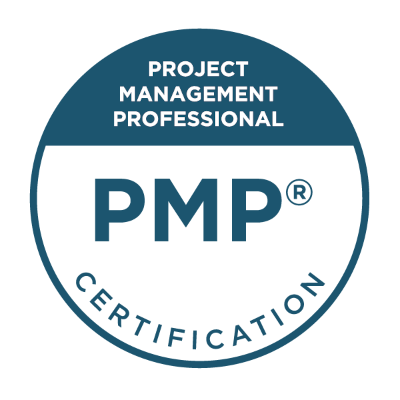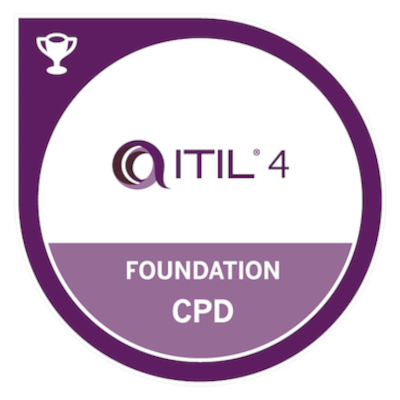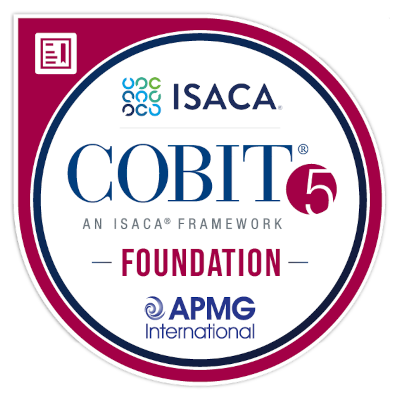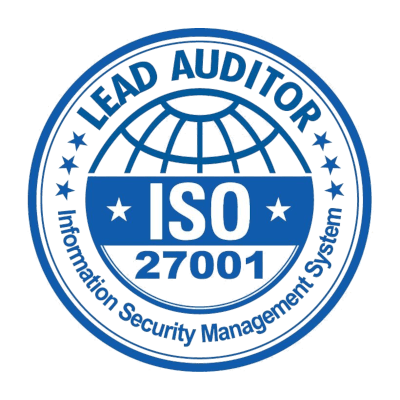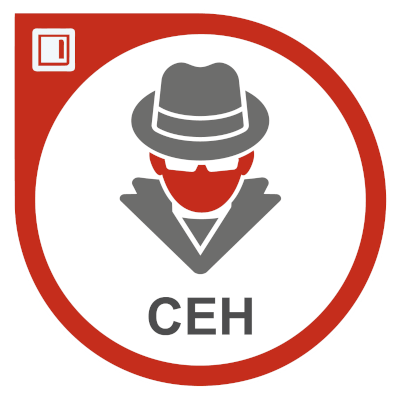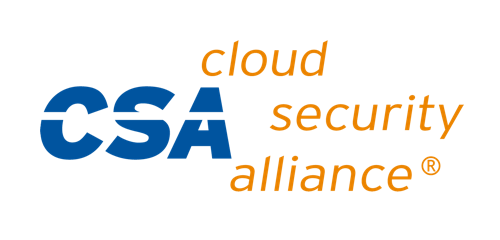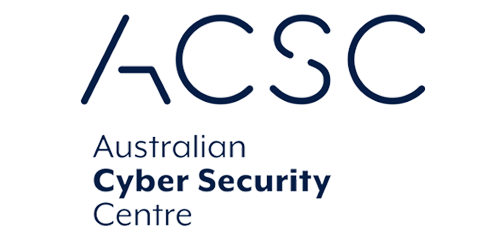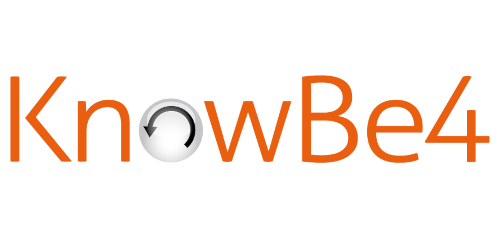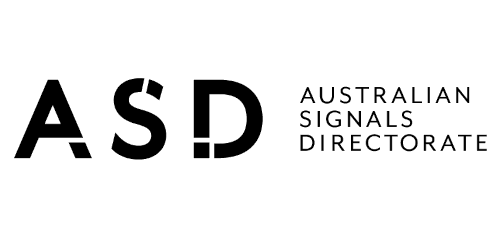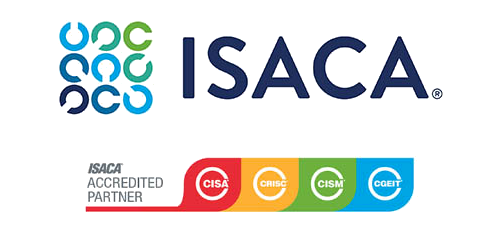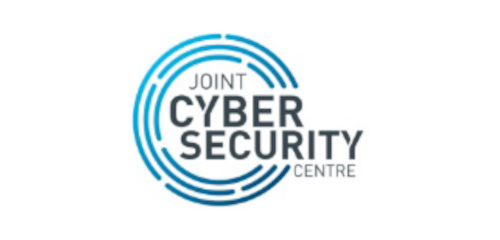
Rezilens
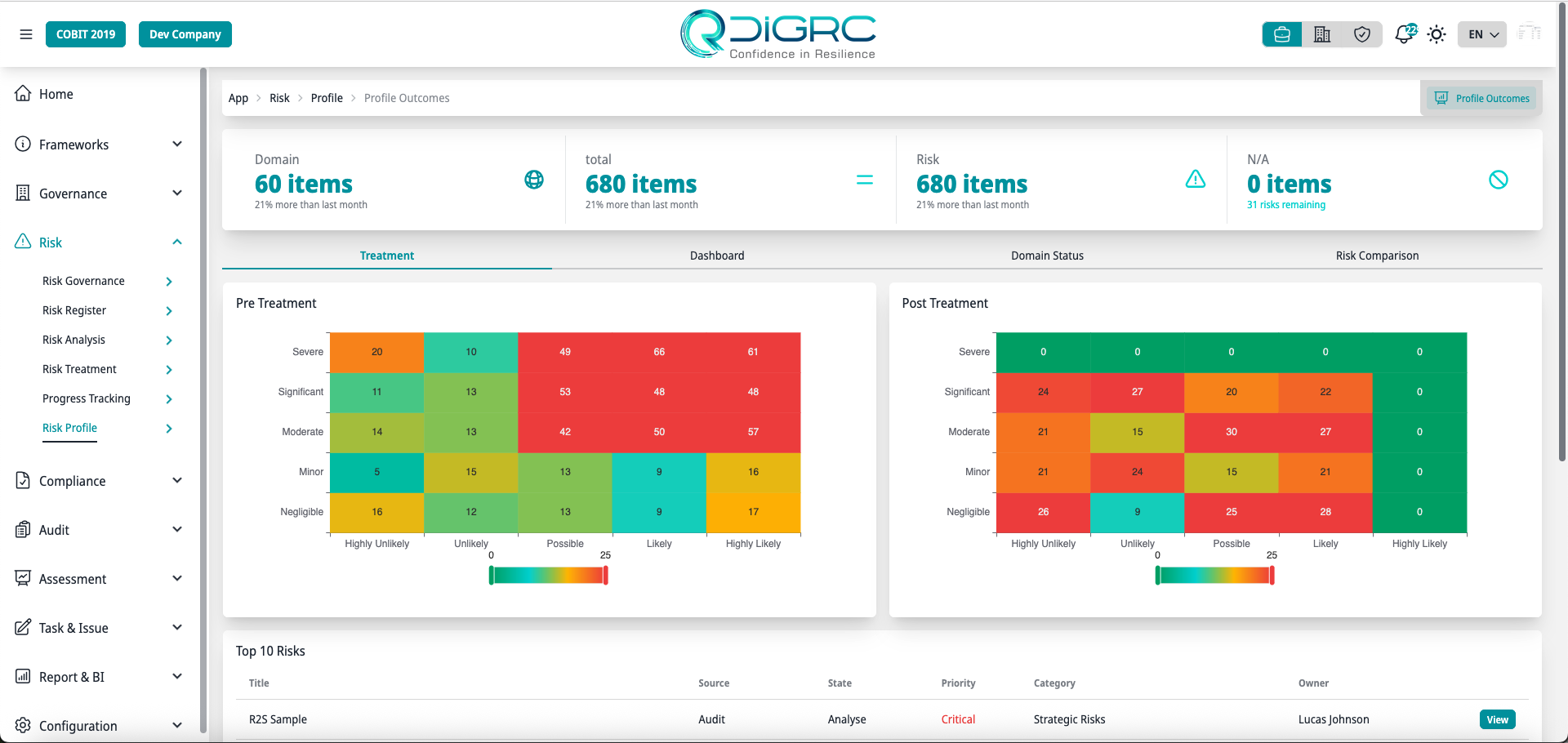
Explore Our Solutions
Intelligent Solutions
Download PDFGRC Solution and Platform
Download PDFESG Solution and Platform
Download PDFNeed customized solutions? Contact our team for a tailored consultation.
"Partnering with this cybersecurity firm has revolutionized our approach to digital safety. Their expertise and tailored solutions have kept our e-commerce platform safe and efficient, boosting customer trust.Thanks to their support, we've significantly reduced security incidents and our team feels more confident. They're more than a service provider; they're a vital part of our success.I highly recommend them for their reliable and effective cybersecurity support."

Abbey Dean
Cofounder and Director at Bliss
"Working with this cybersecurity firm has fundamentally changed our online security strategy. Their proactive approach and custom solutions have significantly improved the safety of our e-commerce operations, ensuring an exceptional customer experience. We've observed a substantial reduction in security risks since our partnership began. Their team isn't just a vendor but a deeply trusted extension of our organization, committed to our security needs. This firm is the ideal choice for any business seeking reliable, comprehensive cybersecurity."

Micheal Lennon
Director at Bliss Boutique
"DiGRC has revolutionized our penetration testing process. Its AI-driven tools ensure tests are thorough, quickly identifying vulnerabilities and significantly bolstering defenses. The platform's user-friendly interface and automated features simplify testing, enabling our team to focus on essential security tasks. Predictive analytics keep us well ahead of emerging threats. DiGRC isn't just a tool; it's essential for enhancing security in any proactive organization. Highly recommended for robust cybersecurity."

Fadi Ali Cheikh
Atlas Telecom
"Implementing DiGRC has significantly improved our compliance processes. The platform's tools and insights have streamlined our procedures and boosted regulatory adherence. Thanks to DiGRC, we're not just meeting compliance targets we're exceeding them. The platform is user-friendly and powerful, enabling our team to manage compliance more effectively. I highly recommend DiGRC for any organization looking to enhance their compliance efforts. It's essential to our strategy."

Hamid Bafghi
B-Online Technology
"I am thoroughly pleased with our partnership with DiGRC. Their cybersecurity platform has significantly enhanced our operations, offering adaptable and forward-thinking solutions. The ongoing support and innovation from DiGRC are invaluable to us. I highly recommend their services for any organization looking for a reliable cybersecurity partner."

Dr. Hossein Al-Attar
CEO and Founder
"The Rezilens platform will enable experts to manage organisation Cyber governance and risk management through a single pane of glass… and reduce hours of work and uncertainty in manual work."

Adnan Rashid
Senior Manager of Cyber and Strategic Risk at Deloitte Australia
"Rezilens' combination of automated GRC management and vulnerability scanning makes it truly unique in the Australian marketplace. The whole-of-organisation transparency it allows, along with its fluid task management, has made it especially helpful for our clients and partners undergoing cybersecurity audit and uplift projects. R2S has also used Rezilens' platforms internally, where the simplicity and ease-of-use on offer has catered perfectly to our evolving security requirements."

Dave Cohen
General Manager of Cyber and Technology at Risk 2 Solution Group
"We've really enjoyed working with these guys - their responsiveness and the simplicity of their platform have led to faster turnarounds for our compliance projects and happy clients at the end of the day. The team at Rezilens have one of the best in industry DevSecOps process we have worked with. The turn around time from a feature/change request, to release being in production is within a day. Phenomenal!"

Oliver Winsley
Director at Imperium Cyber Security
"Rezilens performed several penetration tests against our infrastructure for the websites and networked devices. The reporting was detailed and insightful, and informed IT and the executive teams on our strengths and the main vulnerabilities that required our attention. I thoroughly recommend the Rezilens team for penetration, vulnerability scanning and reporting. Rezilens were very competitive within the marketplace which made it very easy for our decision to go with them."

IT Manager Greyhound Racing NSW
"The Rezilens GRC tool is a genuine pleasure to use, with system-generated reporting that's clean and concise, so I can take it straight to my clients to present and review. All in all, it cut down the usual time it'd take me to complete compliance assessments by two thirds, and the fact it's all Australian-grown tech is the icing on the cake."

Mark Smits
Founder - MIACOR IT
"As an independent assessor, I found the Rezilens GRC tool to be especially handy for expediting the information gathering and evidence collection processes. Its ease of use and practical reporting has made it a go-to choice to support my projects, and any assistance required in getting the most out of the platform was only a call or email away."

Hamed Monfared
Founder CyberRely
"Corey and the Rezilens team helped me to understand the unique cybersecurity threats posed to me as a small business in the financial services space. The reporting was easy to understand, and perfect for forwarding onto my IT provider. A simple action plan was supplied, with critical areas being addressed and solved within weeks, which was really helpful. Would recommend them to any SMEs in the professional services space who are looking for a straightforward and cost-effective way to improve their business cybersecurity."

Kristina O'Sullivan
Director Think Financial Planning
"DiGRC has revolutionized our approach to governance, risk management, and compliance. Its intuitive AI-powered platform streamlines complex processes, saving us time and resources. Real-time analytics and proactive risk assessments provide invaluable insights, giving us a competitive edge. I highly recommend DiGRC to any business leader seeking efficient GRC management."

Dr Mansoor Malik
Chairman Diplomat Business club Dubai & London.
Our Value Proposition
Holistic, Pillar-Based Consulting
Four interconnected pillars Foresight, Intelligence, Trust & Resilience, Adaptive Transformation ensure no gap is left unaddressed.
Custom-Built Intelligence
Tailored AI and data solutions aligned with your unique business DNA.
Trust & Resilience at the Core
Security, privacy, and compliance built in from day one, aligned with ISO, NIST, GDPR and leading global standards.
ESG-Embedded Strategy
Measurable, sustainable practices that meet regulatory demands and stakeholder expectations.
End-to-End Execution
From discovery through deployment, we deliver real metrics and real impact.
See how you can overcome your cybersecurity challenges with a simple and affordable solution.
Our industry certifications
Partners
Impact at a Glance
Quantifiable results from our strategic transformations
Technology ROI Boost
30–40%
Increase in technology ROI via smarter AI investments
Compliance Speed
Up to 50%
Faster compliance achievement
Threat Reduction
60–80%
Reduction in cybersecurity threats
ESG Performance
Measurable
ESG performance uplift in Year 1
Workforce Readiness
90%+
Employee readiness post-transformation
